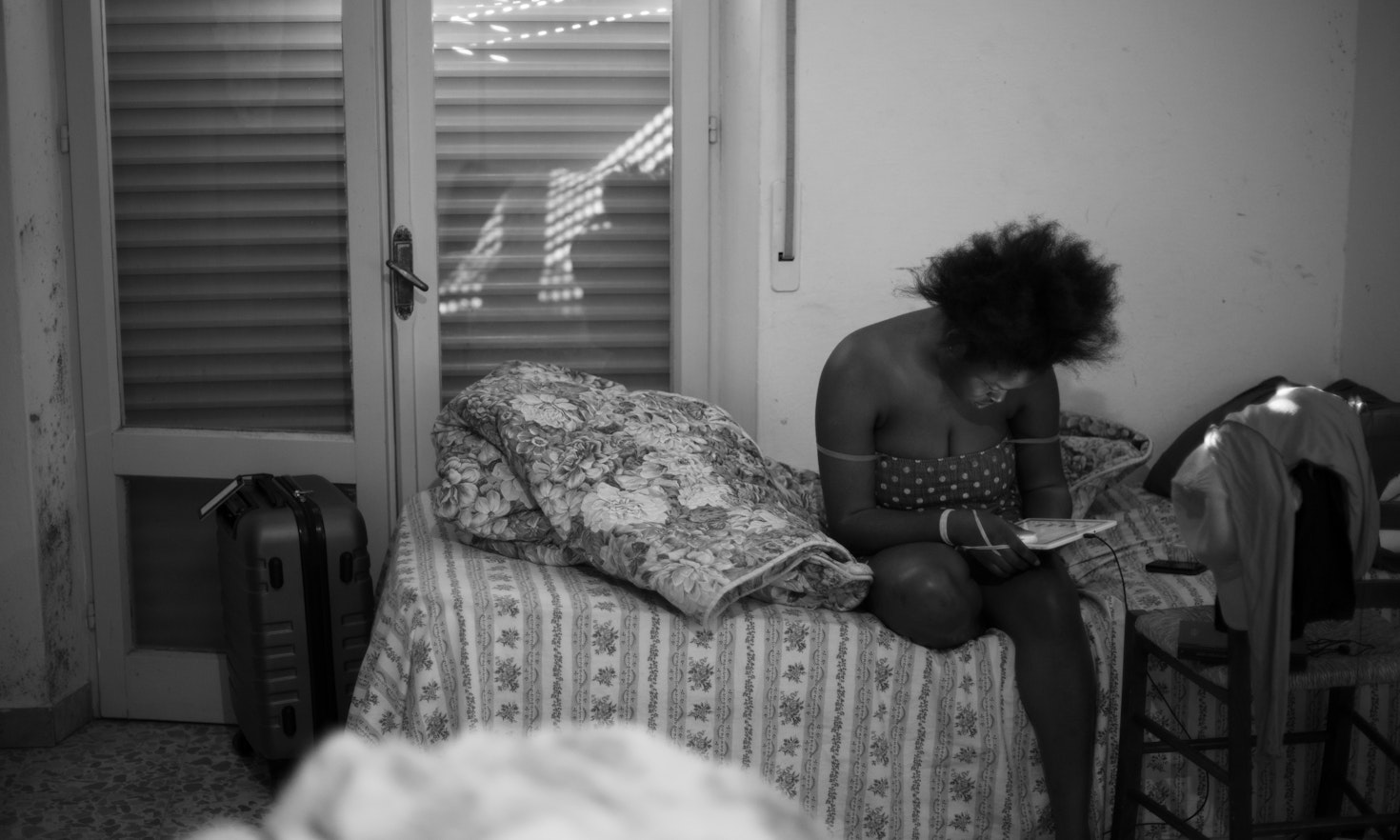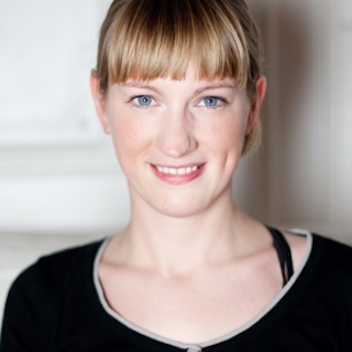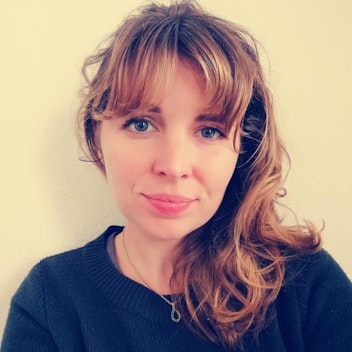Explorations of Resilience and Intersectional Discrimination: Visual art-based research with young women with refugee experience

It’s a cold Monday afternoon in November, the fog is beginning to settle for the evening over a small town in Sardinia. Some young women are in an apartment cooking in the kitchen and listening to Nigerian music on YouTube. The boiler in the apartment is broken again which means filling pans on the stove for a shower. One of the young women, Thatcher, is sitting in the living room, looking at one of her pictures. She starts to talk about her experiences as a Black* woman in an Italian reception center. She is one of the participants in a research project about the resilience of women with refugee experience. Together with the photographer Gemma Lynch and the researcher Sabine Tiefenthaler seven young women from Nigeria are working on a PhotoVoice project called “Immigrant Sisterhood”.
Immigrant Sisterhood – a PhotoVoice project
Photovoice is a participatory research method combining photography, focus groups and social action. By means of photography, Photovoice seeks to enable individuals and marginalized groups to record and reflect on community strengths and challenges. The project involves seven young women, all between 20 - 25 years old, who present the strengths and challenges of their lives in Sardinian reception centers. The young women were included in the entire research process by developing their own research questions, taking photographs of topics of concern and using them to tell stories about their lives and showing them to the public with the hope of creating awareness about their specific situations. Gemma Lynch, the photographer, taught the young women basic photographic skills such as composition and storytelling techniques. The cameras were single use black and white film cameras and the young women developed some of their pictures in a darkroom. The tangible aspect of holding, looking at and talking about the photos together created both discussion and curiosity. By the end of the project the group of young women had chosen to name the initiative “Immigrant Sisterhood”:
“We are a group of Black girls living in Sardinia, Italy who are waiting and hoping for our documents and freedom. For the moment we are living in a camp. With our pictures we want to show our lives, our strengths and our difficulties. We are human beings, and we want to be treated like that. We want to show that together we are strong because we are more than friends. We are an Immigrant Sisterhood!”
From a global perspective about half of refugees are girls and women, however their perspectives and voices are rarely included in the public discourse. The dominant visual representations of female refugees in the media depict them as helpless victims or sexualized objects. These images contribute to harmful gender stereotypes that often trivialize violence against women and disregard women’s agency, voice, and their resources as survivors, protectors and providers. The use of visual research methods allows a comprehensive and holistic exploration of the lives of refugees. Engaging refugee women in creating knowledge through visual representations has also proven valuable in the context of feminist research because of its transformative potential. Through an active narration of female refugee biographies, young women gain collective meaning and can contribute to the dissolution of social constructs of female refugees as ‘passive victims’.
Hope and belief for a better future
Thatcher, who we introduced earlier, is one of the women in a reception center who took part in the PhotoVoice project and used the method to tell her story. Thatcher is her artist name, she says: “I chose the name Thatcher - the Iron Lady. She is very strong, no man can face her, the first to rule in Britain, it was also my nickname in Nigeria because I am a strong woman.”!
Thatcher is from Nigeria and had been living in a reception center in Italy for over a year when we started the project. She chose this picture for contributions like this blog entry: “I love this picture. When I look at this picture, I know there is a bright future ahead for me. When there is hope, there is life. I like to see the future as God created it. I did not come to Europe to sleep around. I had a plan for me, and I thought it would work. I wanted to send money to my family. But for now, I am just in a camp waiting for documents.” Her statements reveal that Thatcher has spiritual resources from which she draws strength and a sense of agency. Her faith in God and in herself give her hope for a promising future. African refugee women are often subjected to attribution processes which portray them helpless victims or sexual objects. Thatcher resists this labeling, saying that she did not come to Europe to engage in sexual activities and instead emphasizes her strengths. Her plan, however, was destroyed due to having to remain in a “total refugee space” like this reception center. The long waiting times, liminal spaces, sporadic medical care complicated by a lack of knowledge of the native language, limited access to the labor market, and the isolated location of reception centers as well as occasional harassment from locals can be considered risk factors for refugees' psychosocial well-being and in turn can negatively impact resilience processes.
To counter existing stereotypes
The factors that have been highlighted above represent consequences of intersectional discrimination which assumes that the different forms of discrimination do not simply stand side by side, but that they are mutually constituted, thereby producing other forms of discrimination and therefore cannot be studied in isolation from each other. These processes of intersectional discrimination and their impact on resilience emerge in other narratives too, like the one of Larry, a 23 year old Nigerian woman:
“When I walk on the street, I feel angry, because they often stop me and ask me stupid questions. Like “would you like to come with me?”. Just because I am walking on the street it doesn’t mean that my body is for sale. I just want to beg them to stop this nonsense.”
With her pictures of the PhotoVoice project she wants to fight against existing stereotypes. She says, "I just want to learn Italian so I can be able to tell them to stop harassing us! Just because I am black and wear shorts it doesn‘t mean that I am a prostitute". To counter intersectional discrimination, women also activate both individual and collective strategies such as taking their children with them on outings or going out in groups because they are less likely to be harassed in these instances. In such situations, these individual and collective practices can be understood as the product of processual and dynamic processes of negotiation which, depending on the context, make the resilience and the ability to cope with daily life in the host country visible.
The PhotoVoice technique can contribute to disrupt stereotypical pictures of the helpless, passive victim, in which women with refugee biographies are often cemented, and creates a space to develop counter narratives by not only focusing on the resilience of women asylum seekers but also on the complexity of their experiences of intersectional discrimination.
1. *The expression "Black women" was chosen by the participants themselves and is used here in this form for that reason.
The PhotoVoice-project is part of a participatory-ethnographic doctoral study by Sabine Tiefenthaler. The research was conducted in three different CAS in Sardinia. The study won the first prize for the Province of Bolzano’s scientific projects about equal opportunities. A book about the research project will be published soon.


Citation
This content is licensed under a Creative Commons Attribution 4.0 International license except for third-party materials or where otherwise noted.

Lula's Migration and Foreign Policy Agendas and the Future of South American Regionalism



The new Italian law against rescue NGOs: another crackdown on solidarity with migrants
 Carmine Conte
Carmine Conte
Solidaristic inclusion through healthcare
 Wanda Spahl
Wanda Spahl